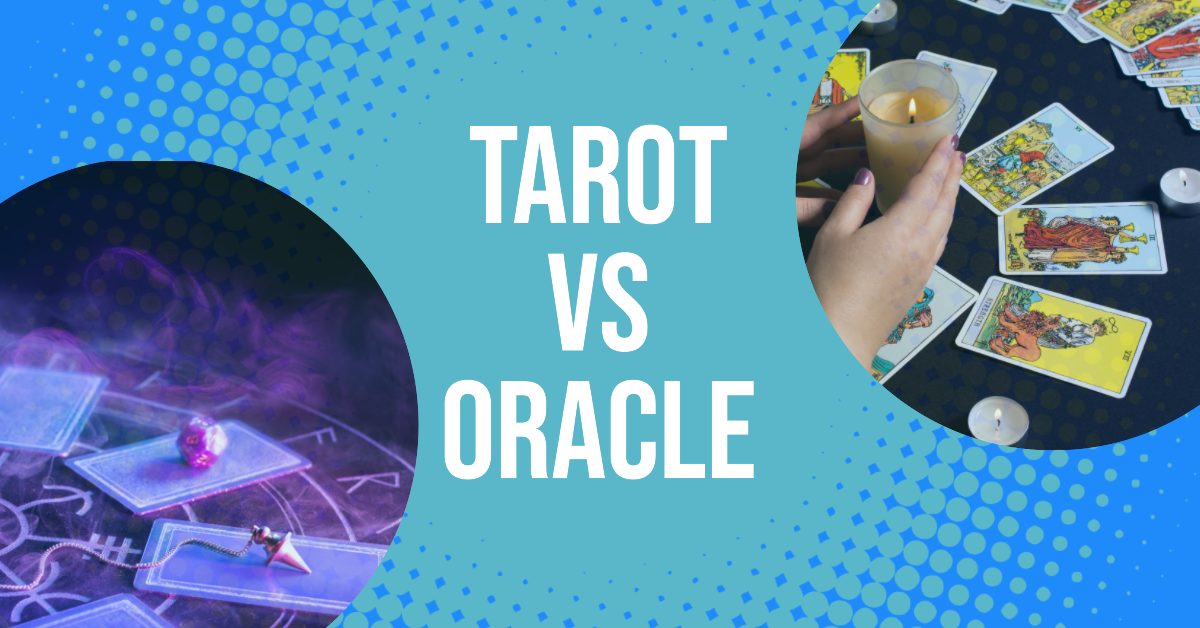Understanding difference between tarot and oracle
Discover the difference between Tarot cards and Oracle cards. Both are powerful tools for introspection and guidance into various aspects of life.
They have power to unlock hidden truths, provide guidance, and offer profound revelations. However, there are some differences between these two systems of divination. Let’s explore these fascinating psychic tools together.
Tarot deck vs Oracle deck: Key Differences
Here is a table of the key differences between tarot decks and oracle decks:
| Feature | Tarot Deck | Oracle Deck |
|---|---|---|
| Number of cards | 78 cards | Varies |
| Suits | Major Arcana (22 cards) and Minor Arcana (56 cards) | None |
| Themes | Often based on the Rider-Waite-Smith deck or other traditional tarot decks, but there are many different themes available | Can be based on any topic, such as animals, crystals, mythology, or nature |
| Interpretation | Based on a set of traditional meanings, but there is room for personal interpretation | More open to personal interpretation |
| Learning curve | Can be challenging to learn, but there are many resources available to help you get started | Easier to learn than tarot decks, but there is still some room for interpretation |
| Purpose | Used for divination, self-reflection, and personal growth | Used for a variety of purposes, such as divination, guidance, and inspiration |
What are Tarot Cards?

History of Tarot
Tarot cards have a rich and storied history that dates back centuries. Originally, they were created for playing card games in Europe during the 14th and 15th centuries. Over time, tarot decks evolved into powerful tools for divination and self-reflection.
Structure of Tarot Deck
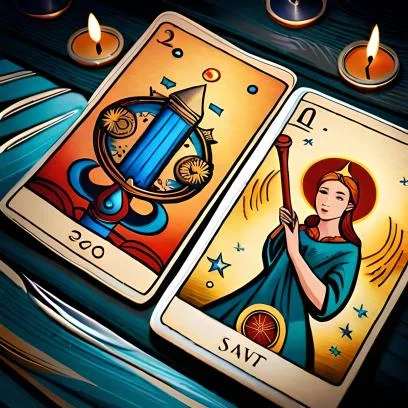
A Tarot deck is a structured entity, consisting of 78 cards divided into the Major Arcana (22 cards) and the Minor Arcana (56 cards).
The Major Arcana comprises 22 cards, each depicting a significant archetype or life lesson. The Minor Arcana consists of 56 cards, divided into four suits: Wands, Cups, Swords, and Pentacles.
The Major Arcana cards represent significant life events or stages, with each card symbolizing a different archetypal journey or lesson. From The Fool, symbolizing the beginning of a journey and infinite potential, to The World, representing completion and fulfillment, these cards depict the various stages of life’s journey.
Tarot Card Interpretation
Tarot reading involves tapping into the symbolism and energy imbued within each card. Readers often follow established spreads or layouts to provide guidance on various aspects of life, such as love, career, and spiritual growth. The layout or pattern in which the cards are placed is called a spread, and different spreads can be used depending on the nature of the question being asked. The imagery and placement of the cards play a crucial role in deciphering their meanings.
Pros and Cons of Using Tarot Cards
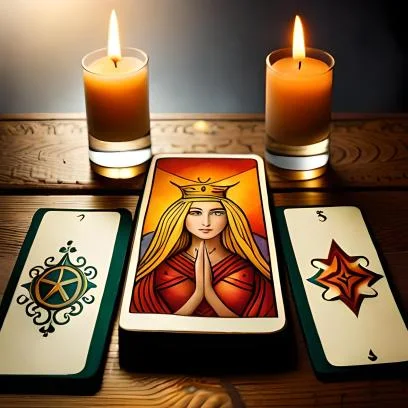
- Deep Symbolism: Tarot cards offer rich symbolism and insights into various aspects of life.
- Established System: Tarot decks follow a structured system with established meanings and spreads.
- Holistic Readings: Tarot readings provide a comprehensive view of situations, considering past, present, and future aspects.
- Archetypal Wisdom: Tarot cards tap into universal archetypes, offering profound guidance and wisdom.
- Versatility: Tarot cards can be used for self-reflection, decision-making, and spiritual growth.
Cons:
- Learning Curve: Tarot cards have a steep learning curve due to their extensive symbolism and complex system.
- Structured Interpretation: Following spreads and specific card meanings may feel restrictive for intuitive approaches.
- Overwhelming Depth: The depth of symbolism in Tarot cards can be overwhelming and requires dedicated study and practice.
- Rigidity: Traditional tarot interpretations may not always align with personal beliefs or cultural perspectives.
- Esoteric Reputation: Tarot cards have a historical association with esoteric practices, which may deter some individuals.
What are Oracle Cards?

Origin of Oracle Cards
Oracle cards, unlike tarot cards, do not have a standardized history. They draw inspiration from various ancient divination practices, such as ancient Greek oracles and fortune-telling systems. Oracle decks can be created by individuals, artists, or mystics, resulting in a diverse range of themes and interpretations.
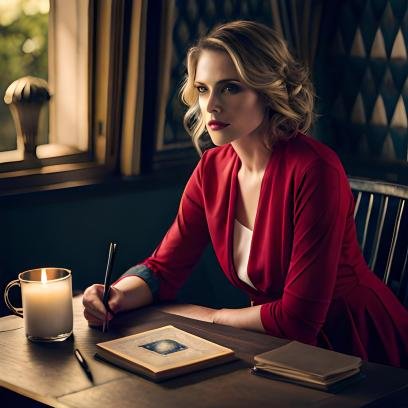
Types of Oracle Decks
Oracle decks come in countless themes, each designed to cater to different interests and purposes. Some popular types include angel cards, animal spirit cards, goddess cards, and affirmation cards. The diversity of oracle decks allows users to choose a deck that resonates with their personal preferences and spiritual beliefs.
Working with Oracle Cards
When working with oracle cards, there are no fixed rules or structures to follow. Oracle readings are often more intuitive and flexible, allowing the reader to tap into their own psychic abilities or intuition. Oracle cards provide guidance, inspiration, and insights, focusing on the present moment and offering empowering messages.
Pros and Cons of Using Oracle Cards
Pros:
- Intuitive Guidance: Oracle cards provide intuitive insights and guidance.
- Flexibility: They offer diverse themes and interpretations based on personal preference.
- Simplified Readings: Oracle cards have simpler meanings, making them accessible for beginners.
- Personal Connection: Users can connect with a deck that resonates with their energy and beliefs.
- Positive Affirmations: Many Oracle decks focus on uplifting messages and personal growth.
Cons:
- Lack of Structure: Oracle decks lack a standardized structure, making it challenging to follow specific spreads.
- Varied Symbolism: Each Oracle deck may have its own symbolism, requiring familiarity with the specific deck.
- Subjective Interpretation: Oracle readings rely on personal intuition, leading to varying interpretations.
- Limited Depth: Some Oracle decks may provide less depth compared to tarot cards.
- Less Traditional: Oracle cards may feel less familiar or rooted in established systems.
Difference between Tarot and Oracle
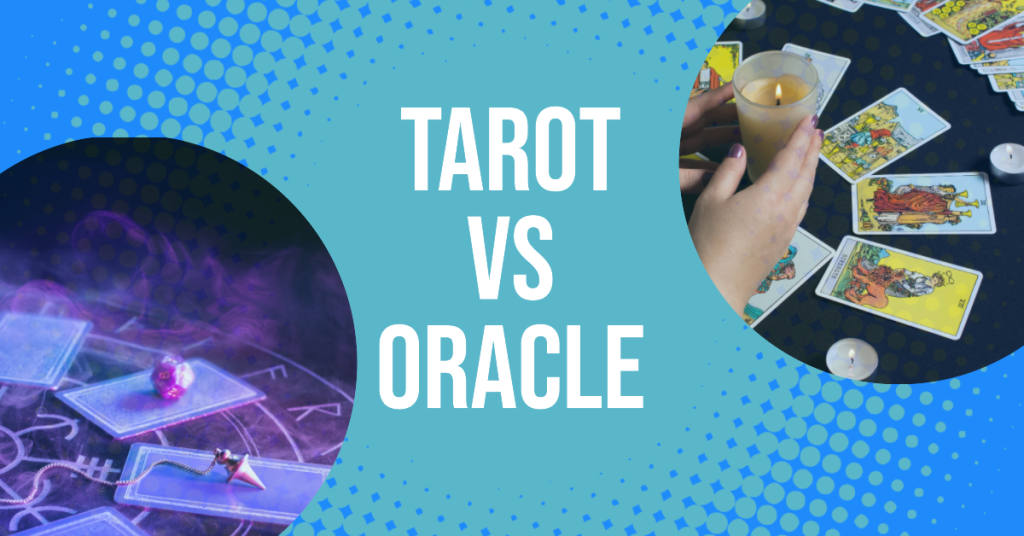
Card Design and Artwork
Tarot cards typically feature intricate and detailed artwork, rich in symbolism and archetypal imagery. The imagery follows a specific structure and style that is consistent across most tarot decks. In contrast, oracle cards offer greater creative freedom, resulting in a broader range of art styles and themes.
Structure and Number of Cards
As mentioned earlier, tarot decks consist of 78 cards, while oracle decks can vary in size and number. Oracle decks can have as few as 30 cards or as many as hundreds of cards. The flexible nature of oracle decks allows for customization and specialization according to specific topics or themes.
Symbolism and Focus
Tarot cards are deeply rooted in esoteric symbolism and often explore profound universal concepts. Each tarot card carries layers of meanings that connect to the human experience. On the other hand, oracle cards tend to have a narrower focus, providing guidance and insights into specific areas of life or personal development.
Method of Interpretation
Interpreting tarot cards often involves following established spreads or layouts, where each card’s position and relationship to others are crucial for interpretation. Tarot readings delve into the past, present, and future, offering a holistic view of a situation. Oracle cards, however, encourage a more fluid and intuitive approach, allowing readers to trust their inner guidance and intuition.
Is One Better Than The Other?
The answer to this question is highly personal. Some people prefer the structure and depth of Tarot cards, while others are drawn to the simplicity and flexibility of Oracle cards. It’s all about what resonates with you and your intuition.
Combining Tarot and Oracle Cards for Deeper Insights
Many people find that using Tarot and Oracle cards together provides a more comprehensive reading. For example, you might use Tarot cards to gain insight into a specific question or situation, and then draw an Oracle card for additional guidance or affirmation(continued…)
Special Focus: Angel Cards
Angel cards are a type of Oracle deck that focuses on angelic messages and guidance. They can be particularly helpful if you feel a strong connection to angelic energies or are seeking their support in your life. Like other Oracle cards, they are often more straightforward and comforting in their messages, making them a popular choice for those new to card reading.
Tips for Beginners: Starting Your Journey with Tarot and Oracle Cards
If you’re just starting out, here are a few tips to help you on your journey:
- Choosing Your First Deck: Choose a deck that resonates with you. Look at the imagery, read reviews, and trust your intuition. You don’t need to be gifted your first deck – it’s perfectly fine to buy one for yourself!
- Developing a Daily Practice: Start by drawing one card a day and reflecting on its meaning. This can help you familiarize yourself with your deck and deepen your understanding of the cards.
- Learning and Improving: There are many resources available to help you learn more about Tarot and Oracle cards. Consider books, online courses, and local workshops. Practice is also key – the more you work with your cards, the more intuitive and insightful your readings will become.
Conclusion
Whether you’re drawn to the structured symbolism of Tarot cards or the intuitive flexibility of Oracle cards, both are powerful tools for self-reflection, divination, and personal growth. Remember, the best deck for you is the one that resonates with your intuition and supports your spiritual journey. Happy reading!
FAQs about differences between Oracle and Tarot
The main difference lies in their structure. Tarot cards have a specific structure with 78 cards divided into the Major and Minor Arcana, while Oracle cards have no set structure or number of cards.
Absolutely! Many people find that using both types of cards in a reading provides a more comprehensive and insightful reading.
Yes, Angel cards are a type of Oracle card that focuses on angelic messages and guidance.
Remember, whether you choose Tarot cards, Oracle cards, or both, the goal is to enhance your intuition, gain insight, and navigate your life’s journey with a bit more guidance and clarity. Happy reading!

